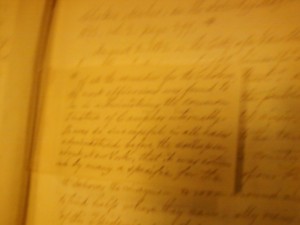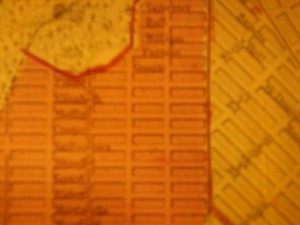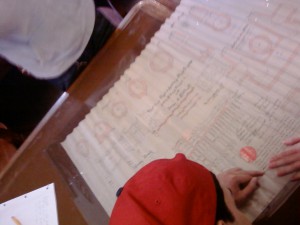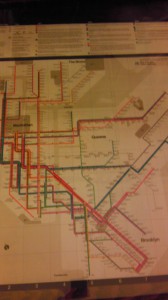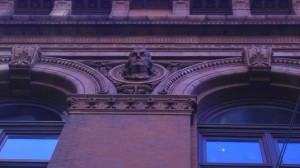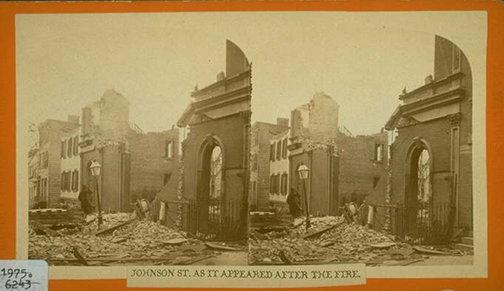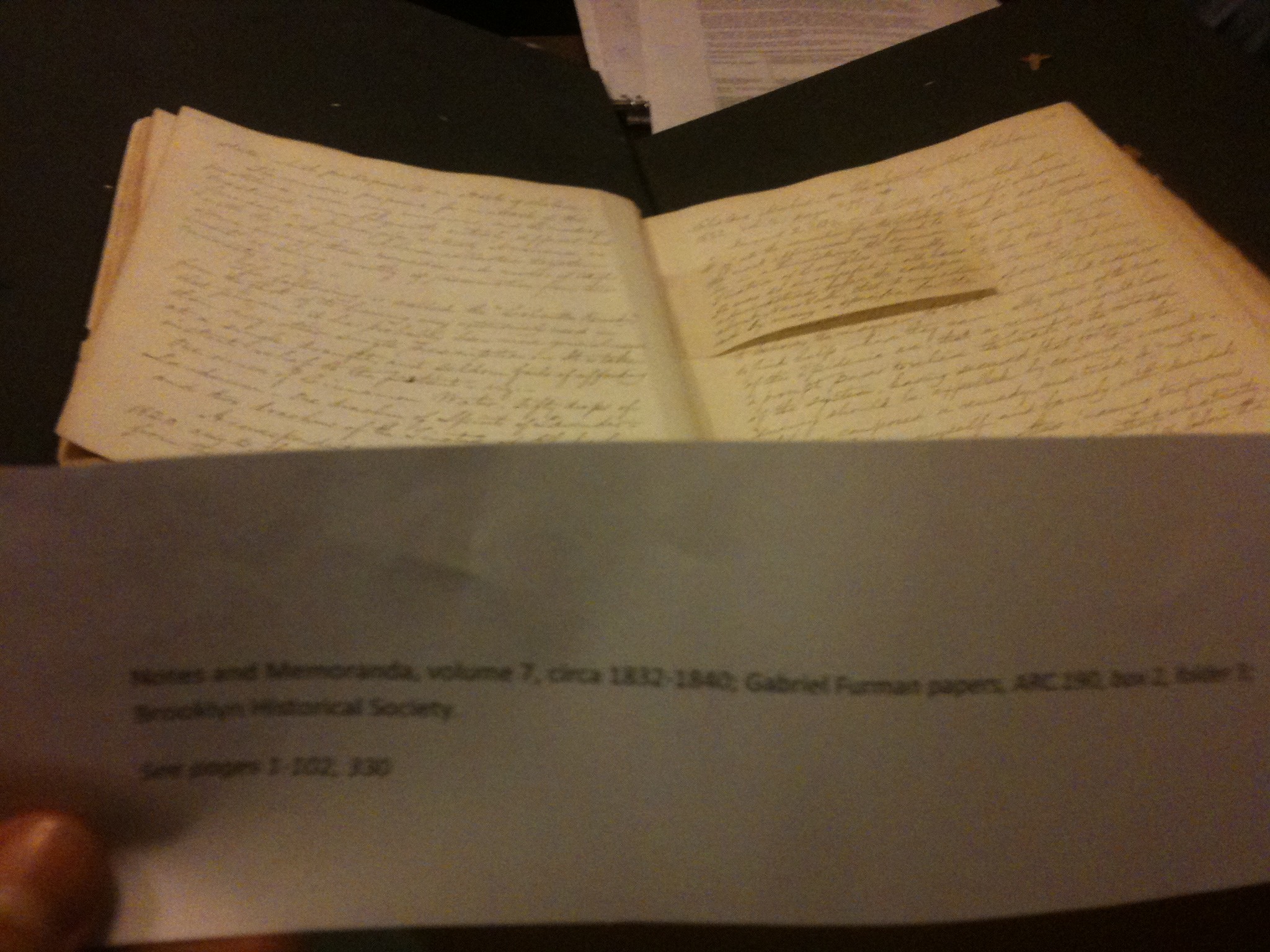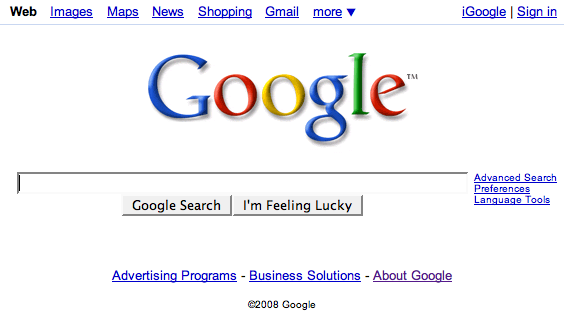Prof. Gold
ENG 1101
City Tech
Fall 2011
Joshua M.
` Fire’s Wrath
Throughout time fire has devastated many countries and societies all over the world. There have been many great fires throughout time an important one being the Brooklyn theater fire. During my time at the BHS I have studied and reviewed some archives on the Brooklyn theater fire and on Brooklyn during that time period. I was amazed at how time changed Brooklyn so much and what precautions were taken to prevent tragedies like of the Brooklyn Theater fire one. I also learned from being in my architecture classes that many new methods have been made to avoid these situations like, Cementitious mixtures, fire resistant sprays, and Intumescent paint. In Addition to those “upgrades” more exits have been made to assure the safety of the people which is the sole responsibility of an architect. All of these methods have proved to be successful and have avoided many tragedies that could’ve happened.
During my time at the BHS I have gone over many archives and lists of disasters that had occurred. One of the archives was a list of the funeral bills of all of the people who died in the Brooklyn Theater fire. I was surprised at how cheap it was to pay for a funeral back then. It was mostly because the city would help the families pay for their tragic losses but even so the price ranged to about $100 to $150 with out any help. Today funerals cost around $6000 dollars!! and that’s without adding extra services, flowers etc. During the Brooklyn theater fire so many lives were lost and it was also due to mostly because of the lack of exits. There were only two exits and it was impossible to get hundreds of people out in time. At the BHS I also got the chance to look over some maps that described Brooklyn during 1876 when the fire occurred and years before it happened. During the 1870’s Brooklyn use to be very different than it is today. Many of the houses were being constructed by wood which meant Brooklyn was a city born to burn in ash. Many residential areas were close to factories and dangerous buildings. After the Brooklyn theater fire many adjustments were made as in separating residential from commercial areas. They stopped the construction of wood houses which greatly reduced the probability of fires happening.
A reading that I also found interesting was “Reading Lucy” because of how Lucy explains how life was in Brooklyn. She worked in the Brooklyn Navy Yard and she shared her experiences during her time there. The Brooklyn Navy Yard use to be very busy and populated, but now it is barely used and desolate. It showed me how Brooklyn has changed and how many things have died out throughout time. During our time we mostly depend on commercial areas such as malls, fast food restaurants etc. Societies are being created for the sole purpose of keeping its people safe and happy. The safety of people has become the number one priority since all of the tragedies. Also in the BHS I saw a list of archives that showed an estimated amount of all the lives lost and images on how the Brooklyn Theater looked after the fire. Around 300 people died that day and the building was completely destroyed. It also showed how close other buildings were to it. Back then Buildings had no space between each building giving a fire a chance to spread in minutes across a whole block.
I have learned a lot in my Arch Materials class and understand all of the methods that have been taken to prevent fires. One of these methods is known as Cementitous mixtures. It involves a material known as Gypsum which is fire resistant itself. Gypsum is put on all of the important structural parts of a building in order to give the people inside a greater chance to escape a fire. The ASTM (American Society for Testing and Materials) tests how long a material such as steel, concrete etc. can last before it fails or is unstable after a certain amount of time of being exposed to fire. The gypsum mechanically binds to the structure allowing it to last longer making it a great method for fire safety. Another method is fire resistant spray which basically just sprays on a fire resistant material over the structure to protect it. It wasn’t one of the bets methods, but it was one of the cheapest and quickest. The last method is the most expensive but the most effective in killing fires before they spread. It is called Intumescent paint and it is a paint that is put on the structure and is set of when it reaches a certain temperature. It starves the fire out by taking away all of its oxygen and killing it at the spot. A last upgrade that was created was for buildings was a space between buildings called “party space.” It allowed a building that was next to one on fire to resist from catching in fire. It restricted the fire to only one building so that it would stop from being an even bigger problem. These methods have been created throughout time to prevent fires from occurring and it shows how we all learn from our mistakes.
I enjoyed my time at the BHS because of all the things I learned while being there. I got to see how Brooklyn was during the 1800’s and how much it changed. I also got to see “Lucy’s” letters in person and read them once more. I was able to look at how much funerals cost back then and to see how many families were affected by the Brooklyn Fire. I enjoyed how we were all motivated and encouraged to participate. I think the staff was great at what they did because they explained everything very well and were very friendly at the same time. I liked how we worked as a team and even though we only had a couple of weeks to go I felt like if I learned months of information.

WORKS CITED
http://en.wikipedia.org/wiki/Brooklyn_Theater_Fire
http://brooklynhistory.org/library/wp/wp-content/uploads/2009/07/v19721923.jpg
“Reading Lucy” by Jennifer Egan

